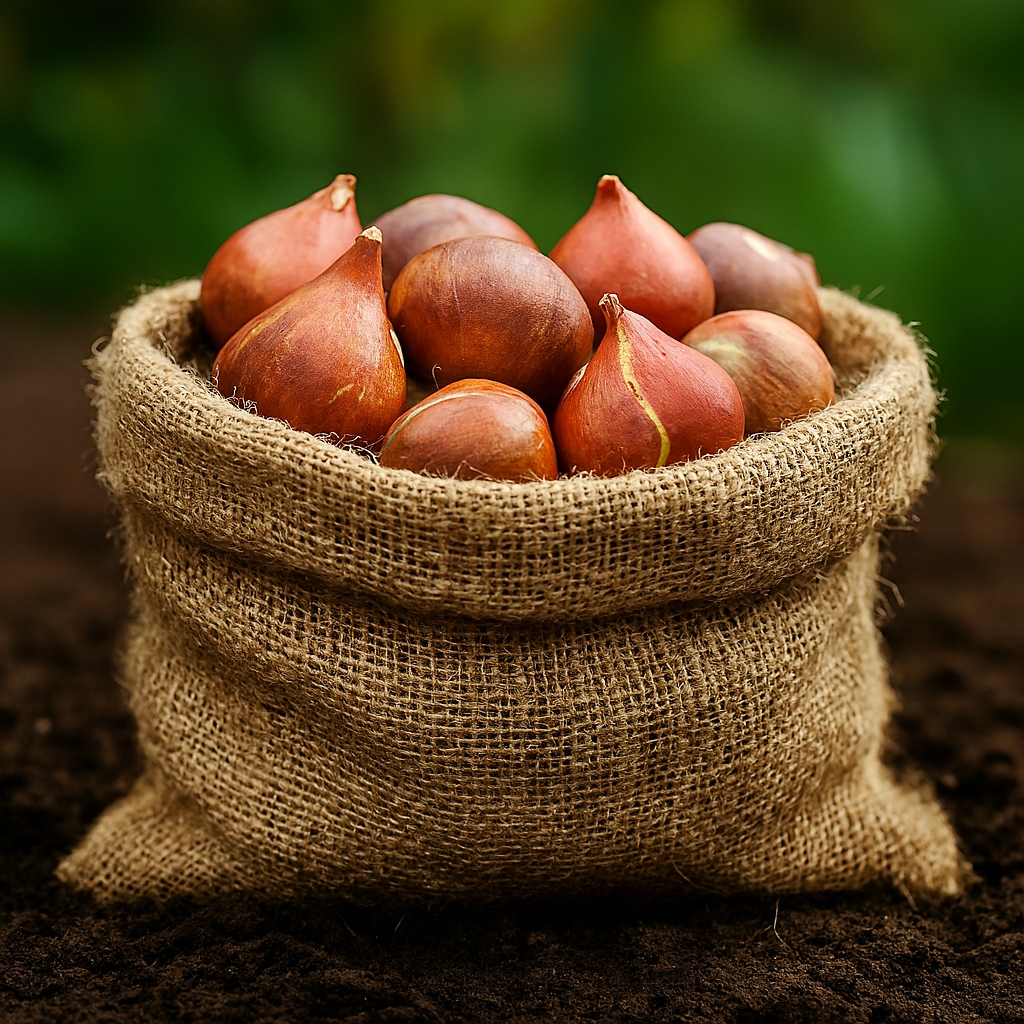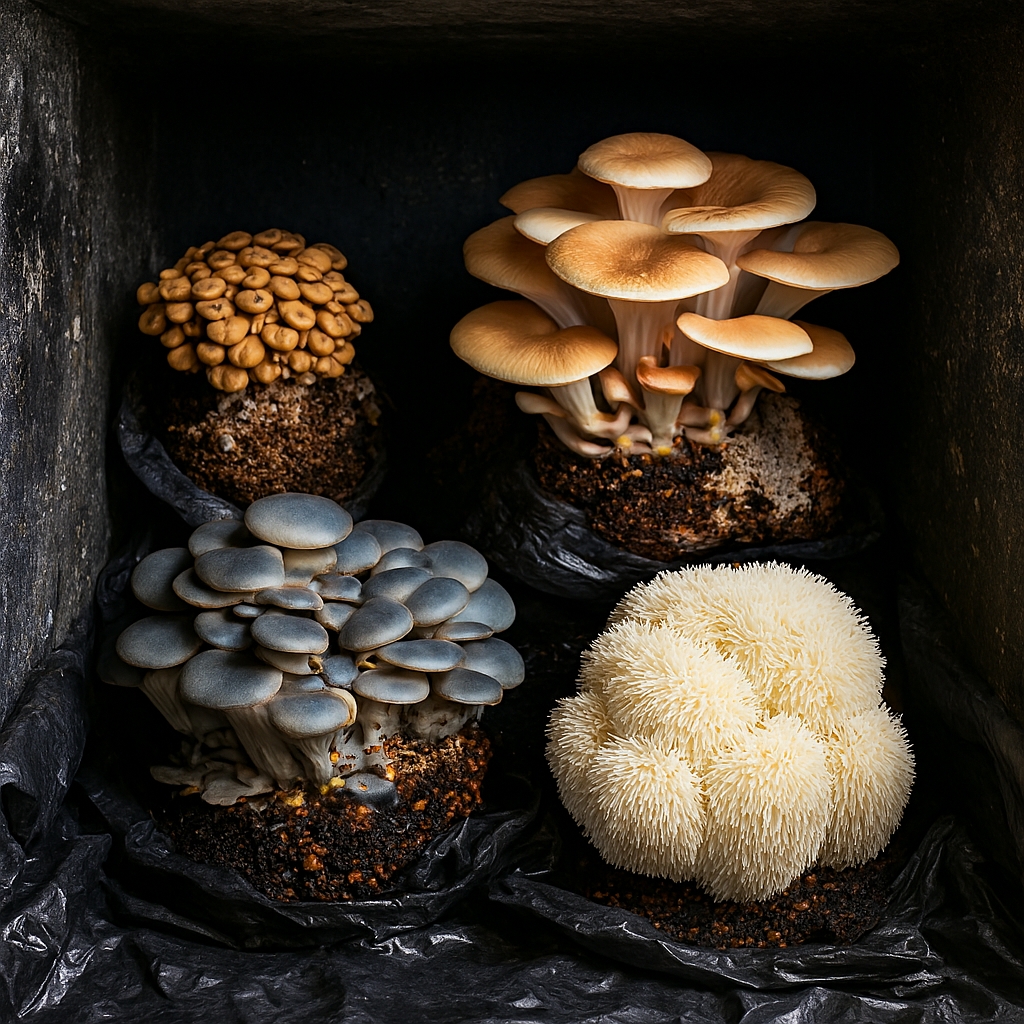Nurturing Nature
In the heart of bustling urban environments, community gardens stand as vibrant green sanctuaries that offer a plethora of benefits, not just to those who tend to them, but to the environment as a whole. These gardens transform neglected or underutilized spaces into thriving ecosystems, fostering biodiversity, improving air quality, conserving water, and promoting sustainable practices. Let’s delve deeper into the myriad ways community gardens contribute positively to our environment.
Enhancing Urban Biodiversity
Community gardens play a crucial role in enhancing urban biodiversity. They provide a variety of plant species that attract different types of pollinators such as bees, butterflies, and birds. This biodiversity is vital for the health of ecosystems, as it supports the pollination of plants, which is essential for food production and maintaining plant populations.
Moreover, community gardens often incorporate a mix of native plants, which are adapted to the local climate and soil conditions. These native plants provide habitats and food sources for local wildlife, promoting a balanced and resilient ecosystem. By creating these pockets of biodiversity, community gardens help mitigate the loss of natural habitats due to urbanization.

Improving Air Quality
Plants are natural air purifiers. Through photosynthesis, they absorb carbon dioxide and release oxygen, a process that is crucial for maintaining atmospheric balance. Community gardens, with their dense vegetation, significantly contribute to this process, helping to reduce air pollution in urban areas.
The presence of plants also helps to filter out particulate matter from the air. These particulates, which come from sources like vehicle emissions and industrial activities, can have adverse effects on human health. By trapping these particles on their leaves and stems, plants in community gardens help improve air quality, making the surrounding environment healthier for residents.
Soil Health and Erosion Control
Healthy soil is the foundation of any garden, and community gardens emphasize practices that maintain and enhance soil health. Composting organic waste from kitchen scraps and garden debris enriches the soil with essential nutrients, reducing the need for synthetic fertilizers. This organic matter also improves soil structure, enhancing its ability to retain water and support plant roots.
Additionally, the roots of garden plants help to bind the soil together, reducing erosion caused by wind and water. This is particularly important in urban areas where impervious surfaces like concrete can increase runoff and contribute to soil degradation. Community gardens mitigate these effects by providing green spaces that absorb rainwater and reduce surface runoff.
Water Conservation
Community gardens often employ sustainable water management practices. Techniques such as rainwater harvesting, drip irrigation, and the use of mulch to retain soil moisture are common in these gardens. Rainwater harvesting involves collecting and storing rainwater for use in irrigation, reducing dependence on municipal water supplies. Drip irrigation delivers water directly to the plant roots, minimizing evaporation and ensuring efficient water use.
These practices not only conserve water but also educate community members about the importance of sustainable water use. By demonstrating effective water management, community gardens contribute to broader efforts to address water scarcity and promote environmental sustainability.

Reducing Urban Waste
Community gardens are instrumental in reducing urban waste through composting. Composting organic waste like food scraps, leaves, and grass clippings converts these materials into nutrient-rich compost, which can be used to enhance soil fertility. This process diverts significant amounts of waste from landfills, reducing the production of methane, a potent greenhouse gas emitted during organic matter decomposition in anaerobic conditions.
Furthermore, community gardens often serve as composting hubs, encouraging residents to participate in waste reduction efforts. This not only reduces the overall waste burden on urban waste management systems but also promotes a culture of recycling and sustainability within the community.
Promoting Sustainable Practices
Community gardens are living laboratories for sustainable practices. They provide hands-on opportunities for people to learn about organic gardening, permaculture, and ecological stewardship. Workshops and educational programs offered by community gardens often cover topics such as composting, water conservation, and integrated pest management, fostering a community of environmentally conscious individuals.
By engaging people in sustainable gardening practices, community gardens cultivate a sense of environmental responsibility and awareness. This ripple effect extends beyond the garden, as participants apply these principles in their homes and advocate for environmental sustainability in broader contexts.
Enhancing Community Beauty
Community gardens transform unused and often neglected urban spaces into beautiful, green environments. These gardens are often filled with a variety of plants and flowers, creating a visually appealing landscape that enhances the aesthetic value of the neighborhood. The presence of a well-maintained community garden can uplift the look of an entire area, making it more attractive and pleasant for residents and visitors alike. The beauty of these gardens fosters a sense of pride among community members, encouraging them to take part in their maintenance and care.
Fostering Community Environmental Awareness and Learning
Community gardens serve as educational platforms where individuals of all ages can learn about the environment, sustainable practices, and healthy eating. Schools and community groups often collaborate with these gardens to provide hands-on learning experiences. Through workshops, classes, and informal interactions, community members can gain valuable knowledge about topics such as soil health, composting, water conservation, and the importance of native plants. This increased environmental awareness encourages residents to adopt eco-friendly practices in their daily lives, contributing to a broader cultural shift towards sustainability.

Building Community Pride and Development
Short Term
In the short term, community gardens bring immediate benefits by providing fresh, locally grown produce, improving the look of neighborhoods, and offering a communal space for social interaction. These gardens create opportunities for residents to connect with one another, fostering a sense of camaraderie and collective responsibility. The act of working together in the garden can break down social barriers, creating a more inclusive and supportive community.
Long Term
Over the long term, community gardens contribute to the ongoing development and resilience of neighborhoods. They encourage a culture of environmental stewardship and active community participation. As gardens flourish, they can lead to further investments in local infrastructure, such as improved parks and recreational facilities. The skills and knowledge gained from participation in community gardens can empower residents to take on other community improvement projects, leading to sustained positive change.
Conclusion
Community gardens are more than just places to grow food; they are essential green spaces that provide extensive environmental benefits. By enhancing biodiversity, improving air quality, maintaining soil health, conserving water, reducing waste, promoting sustainable practices, beautifying neighborhoods, fostering environmental awareness, and building community pride and development, community gardens make significant contributions to the health and resilience of urban environments. As urban populations continue to grow, the role of community gardens in fostering a sustainable future becomes increasingly critical.
Join the Discussion
Community gardens are more than just places to grow food; they are essential green spaces that provide extensive environmental and social benefits. Have you ever been involved in a community garden or group?














Brisbane CBD Compelling Yet Fun Aspect Of Growth
[…] These developments aim to reduce congestion and provide more efficient public transport options for residents and visitors alike.The Queen’s Wharf Brisbane project, a transformational integrated resort development, is another […]